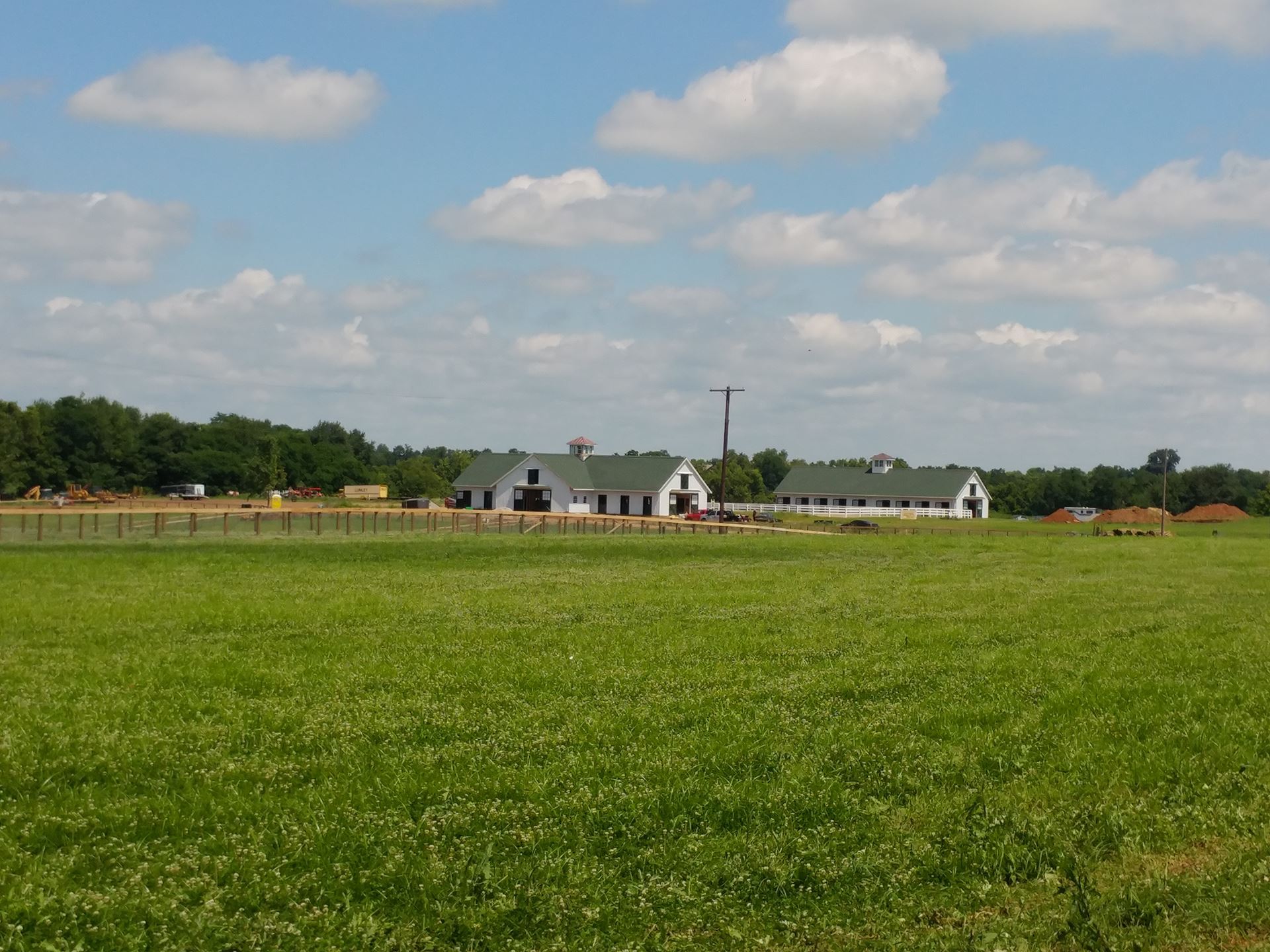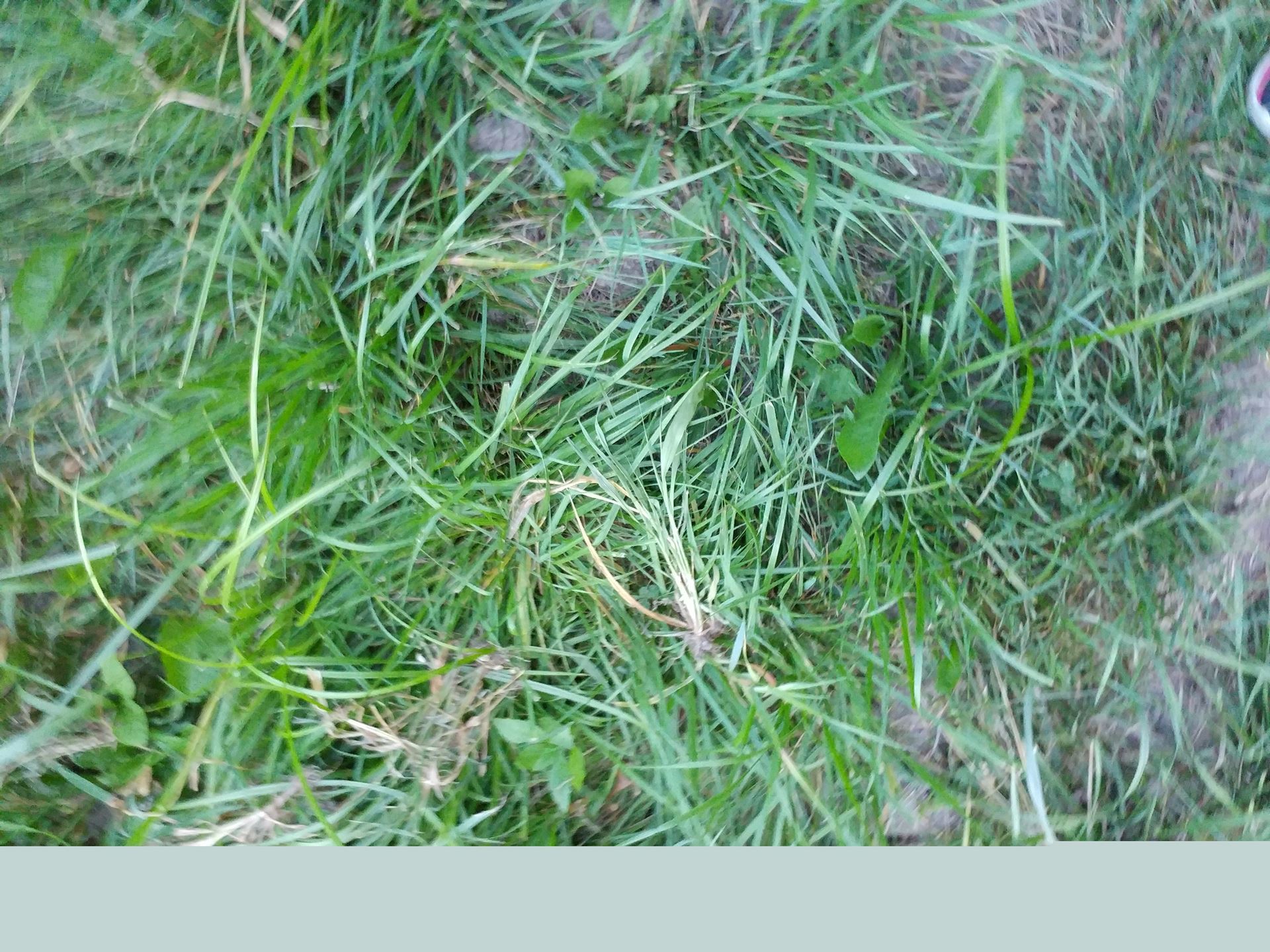Weed control in pastures can seem futile, especially if you have limited space and resources, but proper pasture management is key to making sure your horse’s get the most nutrition from turnout.
By Sarah E Coleman

We all know that horses can be picky eaters, so it behooves farm managers and owners to eliminate as many weeds as possible in their fields. While it may not be possible to eliminate every weed single weed, in reality you may not want to: some weedy plants provide horse’s with nutrients, as odd as that may seem. In Kentucky, some of the most common non-palatable weeds include curly dock and tall ironweed, but crab grass is readily eaten by most horses.
Thankfully, most horses will not eat poisonous plants unless there is no other forage option available. Here in Kentucky, the most poisonous to horses are horsechestnut, red maple, wild black cherry, Japanese yew, mountain laurel and rhododendron.
Weeds are tough buggers: they tend to be more aggressive than grasses and other desired forages, competing with them for water, light and soil nutrients. If nothing is done to stop them, weeds tend to win and take over entire fields.
Ways to Win the Weed War
The way you manage your fields will have a major impact on the presence (or lack thereof) of weeds. While it may not be possible to incorporate every weed control strategy, the goal is to incorporate some practices that promote the growth of desired plants instead of weeds, which thrive on low soil fertility levels.
To maintain fields well, you need to use some of the following strategies:
- Use controlled grazing practices
- Maintain proper soil pH and fertility levels
- Mow at the proper time of year and for the stage of maturity of the weeds and forage
- Renovate pastures as needed
- Allow new plants to become established before turning out horses on the fields
- Apply herbicides
Typically an effective program will need to incorporate a few of these strategies.
Overgrazing is typically the most-probable cause of weedy pastures, but if you have only one pasture or your field is small, consider sectioning off portion of the field using electric fencing tape that is easy to move. While this may not be possible on every farm, keeping horses off of parts of the pasture to allow the grass to grow is one of the best ways to improve pasture quality.
Now is the time to seed (just be sure that the seed tag tells you how pure the seed is you are applying!)! Seeding in late summer or early fall will let the crop get established and compete with weeds like yellow foxtail and crabgrass that will come on in the spring; a spring seeding will have to compete with these weeds. However, weeds like chickweed will compete with the grass seed in the fall. There is no time of year where you can seed that will 100 percent guarantee that your seed will take, sadly.
It may be most beneficial to apply grass seed in late summer or early fall and then seed legumes the next spring. Application of seed in this manner would allow you to apply a broadleaf herbicide in the spring before seeding the legume species if you wanted to.
You should test your soil before applying any herbicide or seeding so you know if any additional steps will be necessary to give your seed the best shot at surviving. Knowing your soil’s pH and nutrient levels will help you judge whether or not you should add lime or fertilizer first. The addition of lime or fertilizer alone will not usually help control weeds—in fact, some weeds respond well to lime application in the field—exactly what you DON’T want!
Herbicides can be used on fields, but to just apply them willy-nilly will do no good. If the forage in the herbicide-treated field is not strong enough (and actively growing), new weeds will begin to grow in the bare areas where the older weeds died.
Know When to Mow
Mowing can help control weed growth, but it is mainly effective in preventing and reducing seed production—which means you need to mow when weeds are growing, but before flowers or grass seed heads come on. Fields mowed after weed seeds become mature don’t prevent future weed development. In fact, some weeds grow better once they have been clipped (cocklebur)!
Mowing should be done when weeds are about 12 to 18 inches tall. Best results come when the vegetation is mowed as close to the ground as possible. It’s even more important to mow pastures that have been selectively grazed by horses as this will help reduce or prevent seed production of the plants that were not eaten.
Not all weeds are inhibited by mowing, however. Dandelions and crabgrass, for example, tend to be more prevalent in pasture that are mowed frequently; however horsenettle and johnsongrass can be suppressed by repeated mowing (pick you poison, eh?).

Should You Use an Herbicide?
The type of herbicide you use on your field will be largely be determined by what weeds are present, but that is not the sole deciding factor as to whether or not using an herbicide on your farm is necessary.
Other things that should be considered are:
- Stage of weed growth
- Amount of weeds present
- Temperature and rainfall
- Time of year
- Cost
- Waiting period after treatment necessary before horses can be returned to the field
If you determined that your farm is a candidate for herbicide application, a good general rule of thumb is to keep horses off treated fields for 7 to 14 days, though some herbicides state that they have a zero day waiting period
County extension agents are some of the most underutilized tools for horse owners and farm managers. If you have questions on your pasture and its management, it can be helpful to contact your local agent for help.
Find the agent for your county here.
For more info on herbicides, click here.
